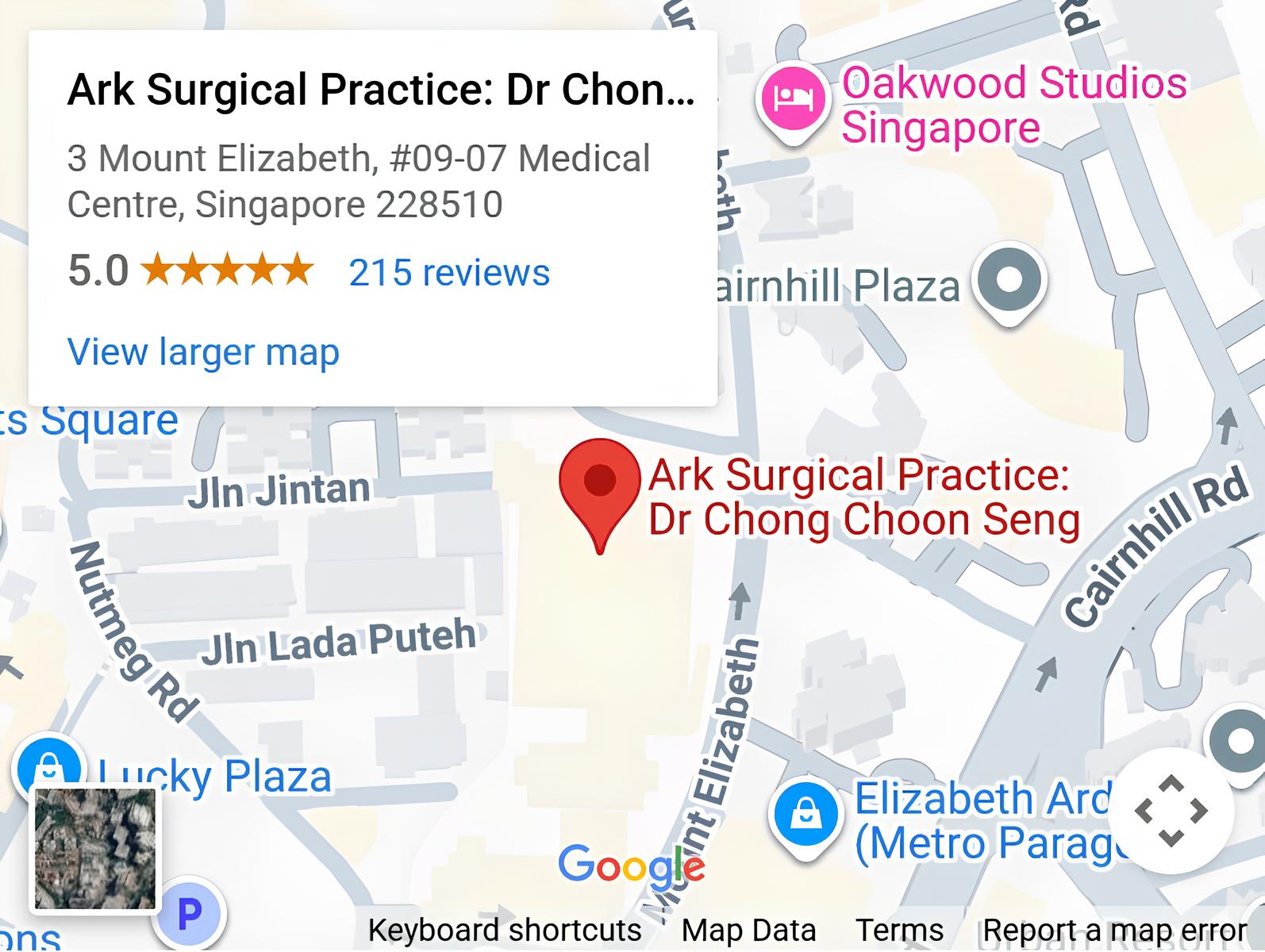A noticeable swelling that may flatten when lying down and become more prominent when standing, coughing, or straining.
Incisional Hernia
An incisional hernia is a protrusion of tissue that occurs through a previously made incision or surgical wound in the abdominal wall. It develops when the surgical wound doesn’t heal properly, creating a weak spot where internal tissues can push through. Incisional hernias may appear weeks, months, or even years after surgery and can cause discomfort or complications if left untreated.


Symptoms of Incisional Hernia
Symptoms of an incisional hernia may include:
Bulge or lump near the surgical scar
Pain or discomfort
Discomfort that ranges from mild to severe, particularly when bending, lifting objects, or engaging in physical activity.
Worsening pain with activity
Pain that intensifies with movements that increase abdominal pressure, such as coughing, sneezing, or straining during bowel movements.
Skin changes
The skin over the hernia may appear red, thin, or irritated in some cases.
Digestive issues
Some patients experience nausea, vomiting, or constipation if the hernia affects digestive function.
Causes and Risk Factors
Various factors can contribute to the development of an incisional hernia:
- Wound healing complications: Infections, poor nutrition, or other factors that interfere with proper wound healing after surgery increase the risk of hernia formation.
- Excessive strain: Lifting heavy objects, straining during bowel movements, or engaging in strenuous activity too soon after surgery can place pressure on healing tissues.
- Obesity: Excess weight places additional pressure on the abdominal wall, making it more difficult for surgical wounds to heal properly.
- Age: Older adults may have weaker tissues and decreased healing capacity, making them more susceptible to incisional hernias.
- Chronic cough: Persistent coughing creates repetitive strain on the abdominal wall, potentially weakening the surgical site.
- Diabetes: Poor blood circulation and compromised healing associated with diabetes can increase the risk of incisional hernias.
- Smoking: Tobacco use impairs healing and can weaken tissue, making smokers more vulnerable to developing hernias after surgery.
Types of Incisional Hernia
Incisional hernias can be classified based on several characteristics:
Small incisional hernias
Defects less than 2 cm in diameter that usually cause minimal symptoms and may be suitable for various repair approaches.
Medium incisional hernias
Defects between 2-10 cm that often require more complex repair techniques and carry a moderate risk of complications.
Large or complex incisional hernias
Defects larger than 10 cm or involving multiple areas that present significant challenges for repair and may require component separation techniques.
Recurrent incisional hernias
Hernias that reappear after previous repair attempts, often requiring more advanced surgical techniques for successful treatment.
Diagnostic Methods
A colorectal and general surgeon will typically use several methods to diagnose an incisional hernia and determine its severity:
Physical examination
The doctor examines the abdomen, looking for bulges around the surgical scar. You may be asked to stand, cough, or perform other manoeuvres to make the hernia more visible.
Ultrasound imaging
This non-invasive test uses sound waves to create images of the abdominal wall, helping to confirm the diagnosis and assess the hernia’s size and contents.
CT scan
Computed tomography provides detailed cross-sectional images of the abdomen, helping surgeons plan treatment by revealing the exact size of the defect and what tissue is protruding.
MRI scan
In certain cases, magnetic resonance imaging may be used to provide additional information about complex hernias or when planning challenging repairs.
Surgical Treatment Options for Incisional Hernia
Most incisional hernias eventually require surgical repair to prevent complications and relieve symptoms:
- Open hernia repair: The surgeon makes an incision over the hernia site, pushes the protruding tissue back into place, and repairs the weak area using sutures. In many cases, synthetic or biological mesh may be placed to reinforce the repair.
- Laparoscopic repair: This minimally invasive approach uses small incisions and special instruments to place mesh over the hernia defect from inside the abdomen, potentially offering faster recovery and less pain for suitable candidates.
- Robotic-assisted repair: This technique combines the benefits of laparoscopic surgery with enhanced visualization and precision, particularly useful for complex cases requiring intricate suturing or mesh placement.
Are Your Symptoms Affecting Your Quality of Life?
Consult our MOH-accredited specialist for an accurate diagnosis & personalised treatment plan today.

Prevention and Management
Proper wound care following abdominal surgery is key for preventing incisional hernias. Patients should follow post-operative instructions carefully, avoid heavy lifting for at least 6-8 weeks after surgery, maintain a healthy weight, treat persistent coughs, and manage conditions like diabetes effectively. Once an incisional hernia has been treated, ongoing management involves maintaining physical fitness without excessive strain, monitoring for any changes at the repair site, and attending follow-up appointments as recommended.
Frequently Asked Questions
How long does recovery take after incisional hernia repair?
Recovery varies depending on the repair technique and hernia size. Most patients can return to light activities within 1-2 weeks after laparoscopic repair and 2-4 weeks after open repair, but complete recovery may take 6-12 weeks.
Will my incisional hernia come back after surgery?
While modern surgical techniques have improved outcomes, recurrence remains possible. Recurrence rates vary from 5-20% depending on hernia size, repair technique, and patient factors like obesity, smoking, and proper post-operative care.
When should I seek urgent medical attention for my incisional hernia?
Seek immediate medical care if you experience severe pain, nausea, vomiting, fever, redness over the hernia site, or if a previously reducible bulge becomes firm and cannot be pushed back in. These may indicate a strangulated hernia, which requires emergency treatment.
Can pregnancy affect an incisional hernia or its repair?
Pregnancy places significant strain on the abdominal wall and can worsen an existing hernia or increase the risk of recurrence after repair. Women planning pregnancy are often advised to delay elective hernia repair until after childbearing.
How is mesh used in incisional hernia repair?
Surgical mesh provides additional support to weakened tissue by creating a “tension-free” repair. Different mesh materials (synthetic or biological) may be recommended based on patient factors and hernia characteristics. The mesh becomes incorporated into body tissues over time, creating a strong repair.
Partnered Programmes & Insurance Plans
For Singaporeans, Singapore Permanent Residents and Foreigners. Please speak to our friendly clinic staff about using your insurance plans.

















contact us
Please leave us a message and our friendly clinic staff will get back to you as soon as possible. For urgent or same day appointments, kindly call the clinic to arrange an appointment.
Our Clinic Locations
Ark Surgical Practice – Mount Elizabeth Medical Centre
3 Mount Elizabeth, #09-07
Singapore 228510
Monday to Friday: 9am – 5pm
Saturday: 9am – 12:30pm
Sunday & Public Holidays: Closed
Ark Surgical Practice – Mount Alvernia Hospital
820 Thomson Road,
Mount Alvernia Hospital, #06-52,
Medical Centre D, Singapore 574623
Wednesday: 9am – 12:30pm
Thursday: 2pm – 5pm





